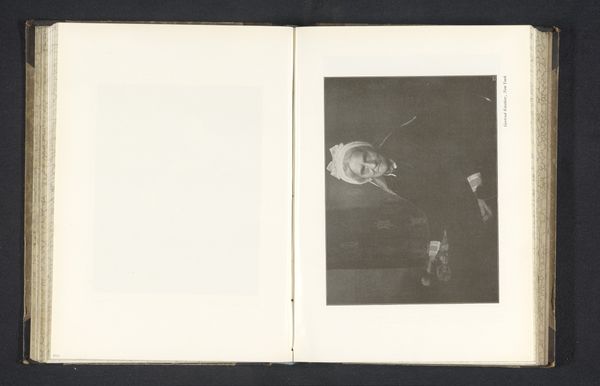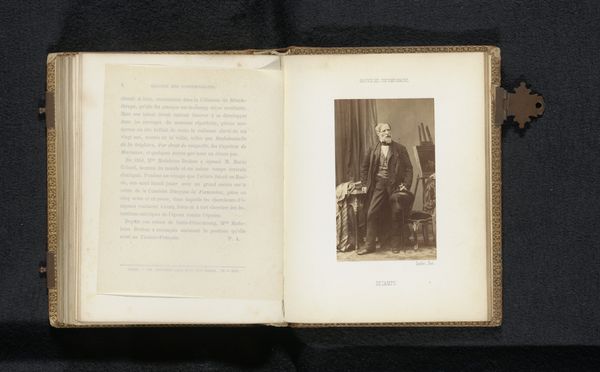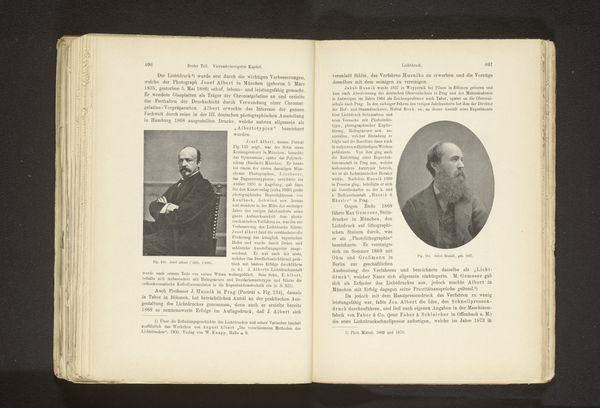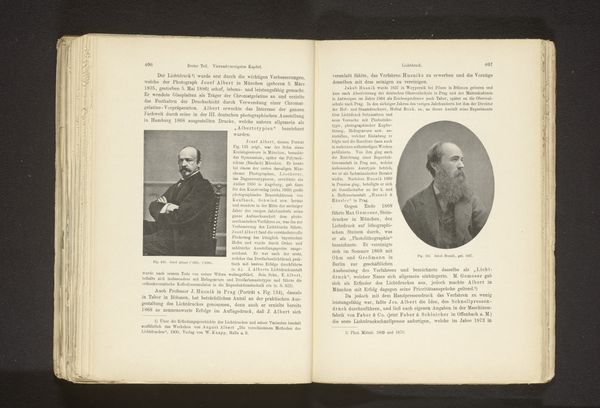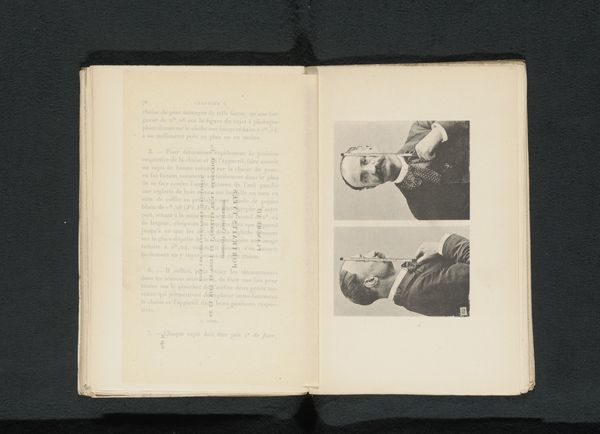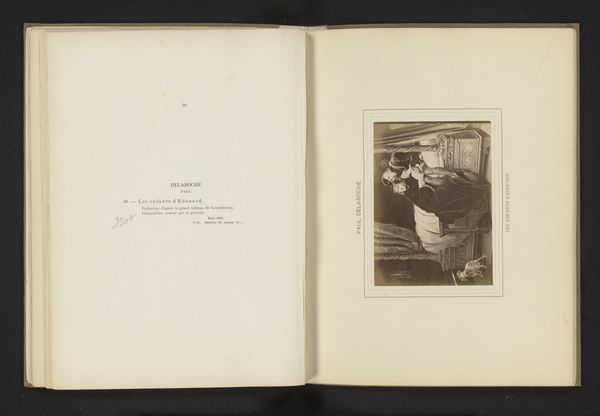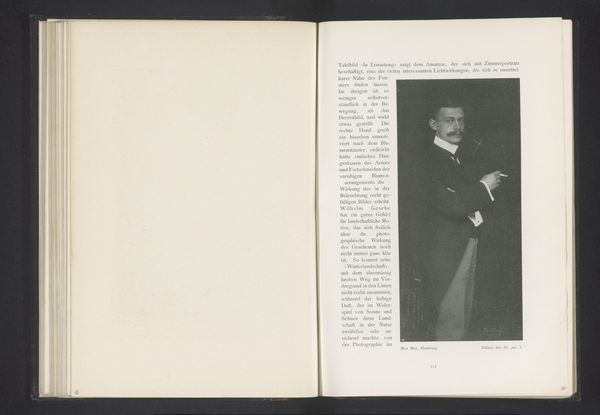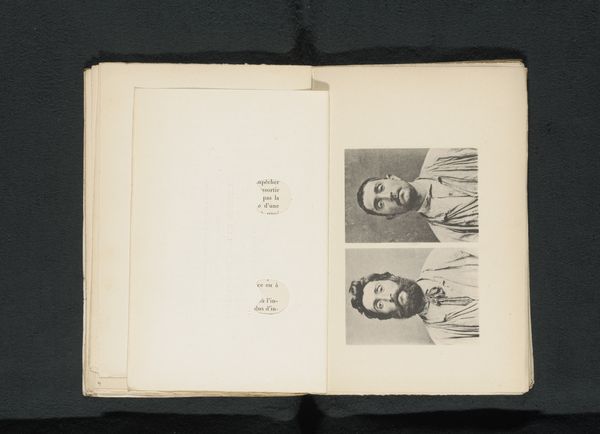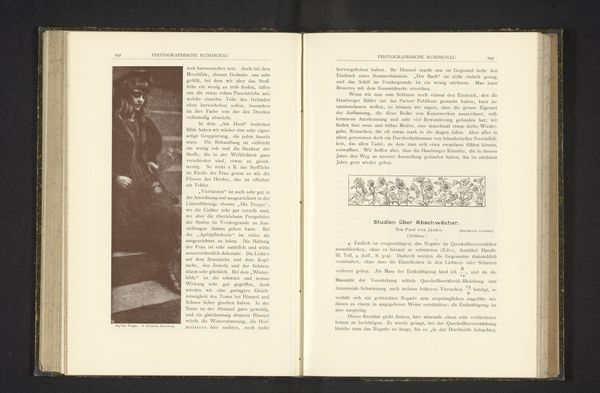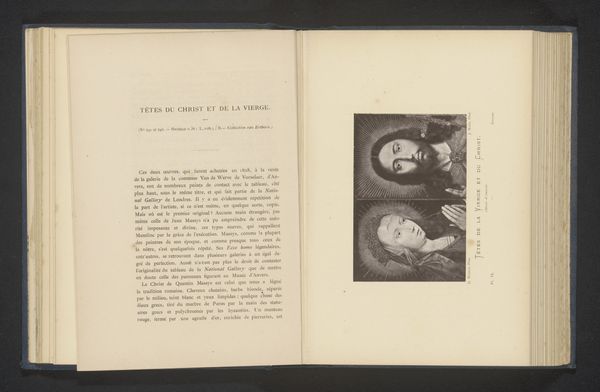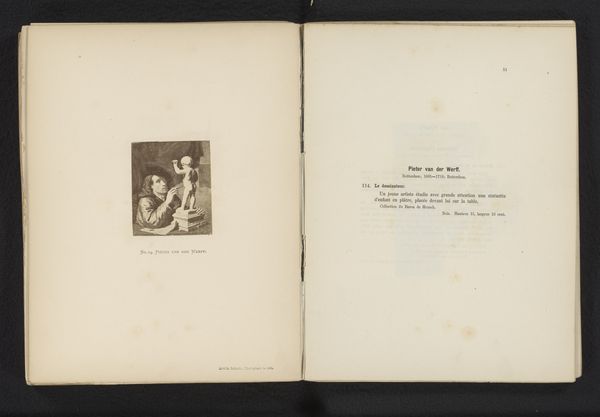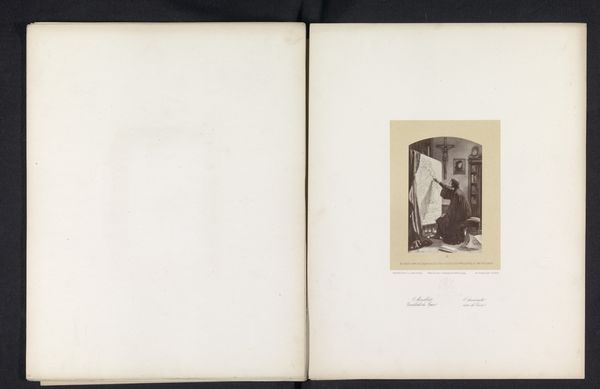
Twee gerechtelijke portretten van een onbekende jonge man na zijn tweede arrestatie before 1890
0:00
0:00
print, photography, gelatin-silver-print
#
portrait
# print
#
photography
#
gelatin-silver-print
#
realism
Dimensions: height 127 mm, width 188 mm
Copyright: Rijks Museum: Open Domain
Curator: Here we have "Twee gerechtelijke portretten van een onbekende jonge man na zijn tweede arrestatie," which roughly translates to "Two judicial portraits of an unknown young man after his second arrest," created before 1890 by the Service d'identification de la préfecture de Police de Paris. It’s a gelatin silver print from a photographic negative. Editor: It's quite stark, isn’t it? The two images feel very clinical. The almost symmetrical composition, with one image of the face front-on and the other in profile, creates a sense of disquiet. It’s unsettling to see a human reduced to a set of angles. Curator: Exactly. Think about the context. This was created by the Paris police during a time of intense social upheaval. Photography was becoming a tool for surveillance and control, particularly targeting marginalized communities. This image speaks volumes about the power dynamics at play. Who gets to be seen, and how? Editor: The images immediately conjure associations of crime and social stigma. It feels reminiscent of phrenology—an attempt to link physical attributes with character—and a general late 19th-century anxiety around identifying the “criminal type.” Are these photographs trying to categorize or predict his fate, or simply record it? Curator: It’s hard not to see the dehumanizing effect. The portraits serve as a means to categorize, manage, and control the individual—reducing this person to an image associated with suspicion. But if we turn our gaze upon those who created it, perhaps we gain an understanding of what frightened them as they created methods of photographic measurement. Editor: What interests me are the lines imposed on each picture that may be related to such methods; each line almost appears to pierce the neck of this "unknown" individual. It’s interesting how even a supposedly objective record such as this one is imbued with coded meanings—with loaded symbolic importance. It becomes much more than just a picture. Curator: Indeed. It challenges us to reflect on how systems of power imprint themselves onto the individuals within them, influencing the very act of seeing and understanding another person. Editor: And on what it means for an image, however functional in purpose, to become laden with symbolism. Curator: Food for thought, isn't it? Editor: Absolutely.
Comments
No comments
Be the first to comment and join the conversation on the ultimate creative platform.
